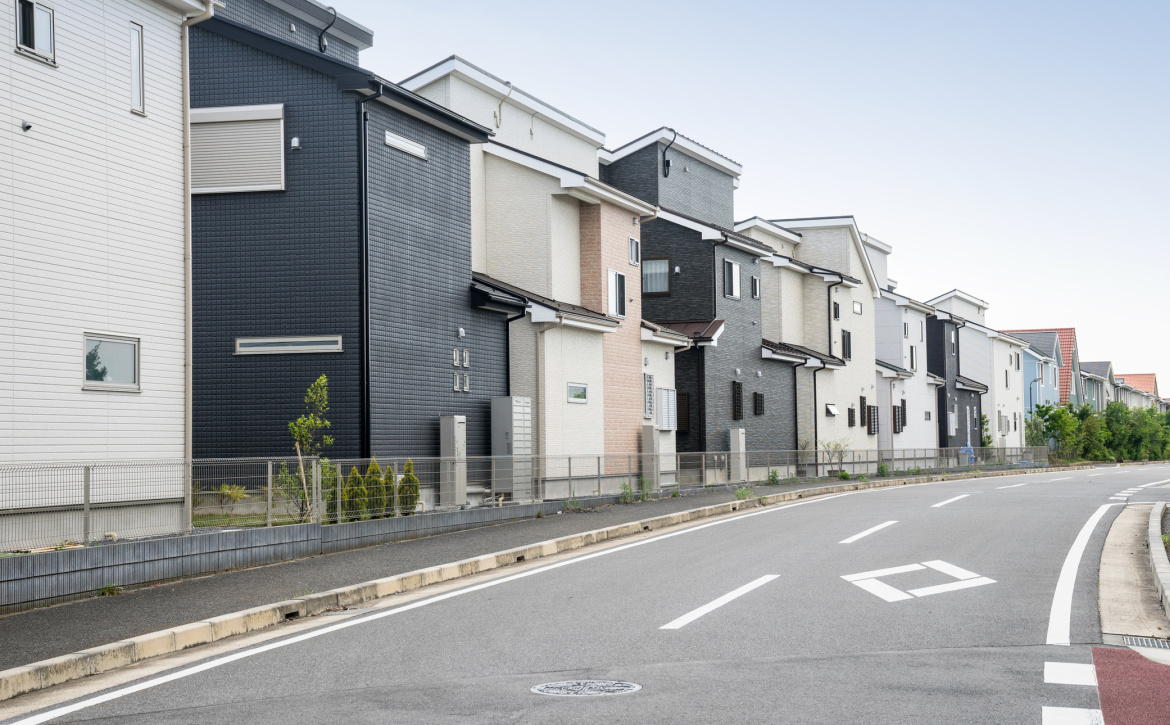New state planning rules in NSW have freed up design options for multi-residential units in NSW to help improve housing affordability and supply.
In the Sydney area, six local councils (Waverley, The Hills, Botany Bay, Rockdale, Campbelltown and Strathfield) retained and preferred their own particular rules about the minimum size of apartments in multi-residential developments. As a result, it wasn’t unusual to find apartment buildings located over the road from each other (but in different Local Council zones) having to comply with different design parameters.
From 19 June 2015, all local government councils were required to apply the new planning rules to development applications. And these guidelines set a new recommended size for internal areas of units. For example, if you wanted to build a unit block in the Botany Bay area then, under Council’s rules, its preferred minimum size of a studio was 60 m2. Today, under the new planning regime, the recommended size for a studio in Botany Bay area is 35m2 – that’s a reduction in the minimum size by 42%.
To help developers and designers with the development approval process the State government prepared an Apartment Design Guide (ADG) that outlines the requirements for new unit developments.
For DA’s lodged after 19 June 2015, the recommended internal size of residential units in NSW are:
- Studio – 35 m2
- 1-bedroom – 50 m2
- 2-bedroom – 70 m2
- 3-bedroom – 90 m2
- 4-bedroom – 102 m2
Developments in Botany Bay will see the greatest impact with the limit for apartment sizes, on average, reduced by more than one third. We compared the recommended size requirements in the new guide against the size limits in six Councils which have retained local apartment size controls to find out which of these would feel the greatest impact from these changes.
The biggest changes in recommended apartment size limits are for development in The Hills where less than 30 units are proposed (1 and 3-bedroom units reduced by 33%, 2-bedroom units reduced by 36%)and in Botany Bay Council (for example, studio apartments reduced by 42% to 35m2).
The only increase in minimum size among these councils is for development of some 4-bedroom apartments in The Hills Council and in Waverley Council. Under the new rules, the internal area of these apartments now needs to be bigger by 7m2 and 2m2 respectively.
| STUDIO | 1-BED | 2-BED | 3-BED | 4-BED | ||||||
| OLD | NEW | OLD | NEW | OLD | NEW | OLD | NEW | OLD | NEW | |
| Botany Bay | 60 | -42% | 75 | -33% | 100 | -30% | 130 | -31% | 160 | -36% |
| Rockdale | 38.5 | -9% | 50 | 0% | 80 | -13% | 124 | -27% | 124 | -18% |
| Campbelltown | 40 | -13% | 60 | -17% | 90 | -22% | 125 | -28% | 125 | -18% |
| Waverley | 35 | 0% | 50 | 0% | 80 | -13% | 100 | -10% | 100 | 2% |
| Strathfield | NA | NA | 70 | -29% | 85 | -18% | 100 | -10% | 110 | -7% |
| The Hills (< 30 units) | NA | NA | 75 | -33% | 110 | -36% | 135 | -33% | 135 | -24% |
| The Hills (> 30 units) | NA | NA | 50 | 0% | 70 | 0 | 95 | -5% | 95 | 7% |
| RFDC | 38.5 | -9% | 50 | 0% | 80 | -13% | 124 | -27% | 124 | -18% |
OLD = Old Rule (minimum size m2)
NEW = Change in minimum size allowable from 19/6/15
ADG replaces Residential Flat Design Code
Previously the Residential Flat Design Code, now repealed, applied its own set of recommended sizes outlined in the table above. The ADG has still reduced significantly those sizes creating greater disparity between the State guidelines and Local Council controls.
Developers already taking advantage of changes
The new controls apply to development applications lodged after 19 June 2015 and developers are already utilising the less restrictive recommended apartment sizes.
For example, several developments for residential flat buildings lodged with The Hills Shire Council contain apartment sizes that prior to the commencement of the ADG would have been in breach of the council’s controls and the RFDC. These include Wakefield Ashurst Developments’ 224 unit proposal at 5 Withers Road, Kellyville; and the proposed 21 unit residential flat building at 11B Boundary Road, Carlingford. A council must not refuse an application because of internal area size where the internal area is larger than that recommended in new guidelines.
Clearly, the new guidelines provide additional certainty for developers in relation to apartment sizes that would not have existed under the old codes or in council areas that maintained their own apartment size control.





























